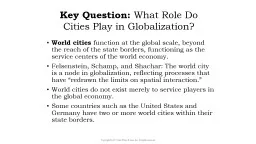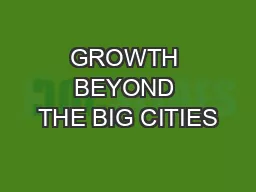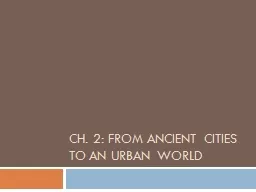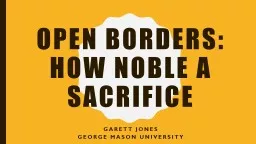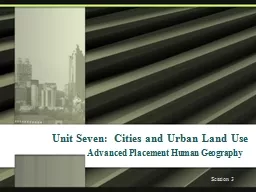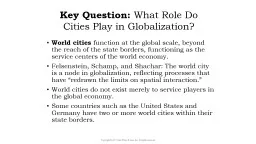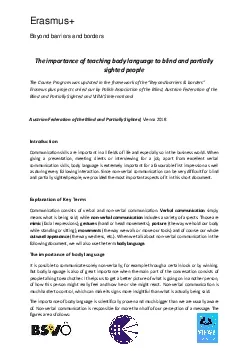PPT-World cities function at the global scale, beyond the reach of the state borders, functioning
Author : phoebe-click | Published Date : 2018-11-10
Felsenstein Schamp and Shachar The world city is a node in globalization reflecting processes that have redrawn the limits on spatial interaction World cities
Presentation Embed Code
Download Presentation
Download Presentation The PPT/PDF document "World cities function at the global sca..." is the property of its rightful owner. Permission is granted to download and print the materials on this website for personal, non-commercial use only, and to display it on your personal computer provided you do not modify the materials and that you retain all copyright notices contained in the materials. By downloading content from our website, you accept the terms of this agreement.
World cities function at the global scale, beyond the reach of the state borders, functioning: Transcript
Download Rules Of Document
"World cities function at the global scale, beyond the reach of the state borders, functioning"The content belongs to its owner. You may download and print it for personal use, without modification, and keep all copyright notices. By downloading, you agree to these terms.
Related Documents

